
Types and Functions
Plant cells are of three basic types namely, parenchyma, collenchyma and sclerenchyma. These cells have different structures and perform varied roles in the overall functioning of the plant.
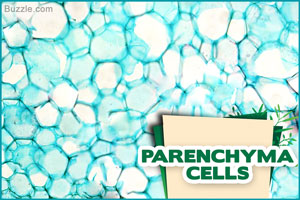
The parenchyma cells are living and perform multiple functions including food storage, light harvesting, and gas exchange. Some of them have the ability to differentiate and re-differentiate into different types of cells (totipotent) as per the requirements of the plant. Parenchyma cells are present in the leaves, tubers, and seeds.
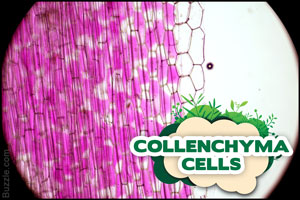
Collenchyma cells are living only during maturity and possess two walls (primary and secondary). Initially, they are similar to parenchyma cells, which later differentiates into specific collenchyma cells. They are present in the vascular bundles and stems, and aid in supporting the plant during the active growing phase.
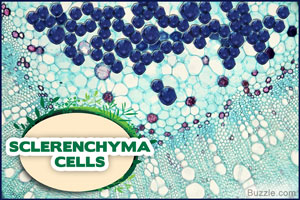
Sclerenchyma cells are dead at maturity and have thick secondary walls with lignin deposition. These cells function exclusively as mechanical support of the plant. A typical example of sclerenchyma cells in plants is fiber.
Parts and Functions
The plant cell organelles play an essential role in carrying out the regular activities of the cell. For example, photosynthesis which is a characteristic of the plants is performed in the chloroplast; while synthesis of ATP (adenosine triphosphate), a form of energy, takes place in the mitochondria.
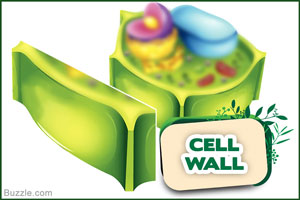
The outermost covering of the plant cell is the protective layer, the cell wall. Its main function includes giving support, maintaining the cell shape, and controlling the growth of the cell.
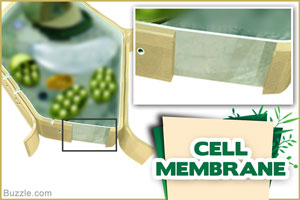
Next to the cell wall, lies the cell membrane that comprises a protein and lipid bilayer. Its main function is selective transport of nutrients, wherein some are allowed to enter the cell, while others are restricted.
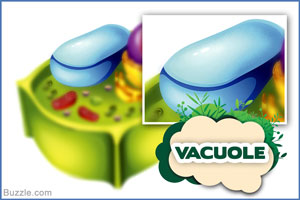
Vacuoles are organelles whose shape and structure, alters with respect to the cell requirements. They are filled with a water-like solution that contains enzymes, organic and inorganic molecules.
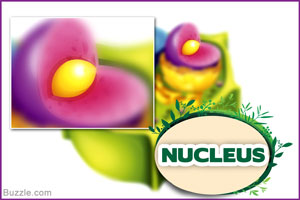
The cell nucleus is simply the control center of the plant cell, as it contains hereditary material, along with other essential cell components. Overall, the nucleus is responsible for protein synthesis, cell growth, division, and development.
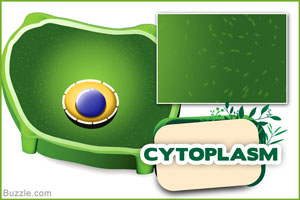
The portion of the plant cell excluding the nucleus is called cytoplasm, which is filled with jelly-like cytoplasmic fluid and in which the majority of cell organelles are present.
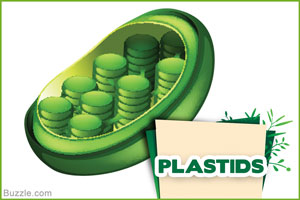
These are the organelles which perform the function of photosynthesis and storage of starch molecules. Plastids are of different types and contain photosynthetic pigments.
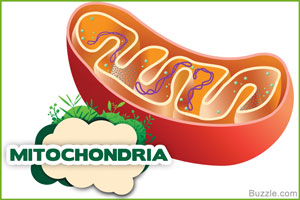
Mitochondria, also known as powerhouse of the cell, plays the crucial role of generating chemical energy for proper functioning of the plant cell. They are present in many numbers and contain hereditary material.
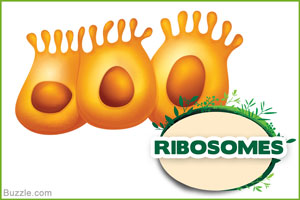
Ribosomes are of two types, attached and free. The former is found attached to the endoplasmic reticulum, while the latter is suspended freely in the cytoplasm. Both types of ribosomes are responsible for protein synthesis.

Golgi bodies are made up of 4-8 stacks (called cisternae), and are useful for packaging macromolecules that are synthesized by the cell. They are also responsible for transportation of nutrients.
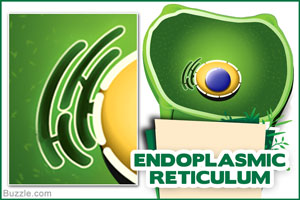
This is the organelle that connects the nucleus and cytoplasm. It performs the function of synthesizing and storing steroids and glycogen. Endoplasmic reticulum with attached ribosomes are called rough endoplasmic reticulum (RER).
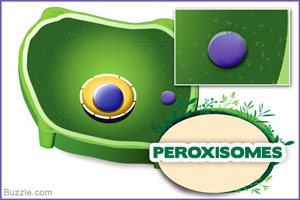
These are microbodies of the plant cells that contain various degradation enzymes. Peroxisomes play the major role of digesting complex fatty acids including aiding in photosynthesis.
Thus, a plant cell functions smoothly with the help of its various structural components. Though it is eukaryotic like that of animals, it differs significantly from an animal cell. While there may be a few similarities between plant and animal cells, the key distinguishing feature between the two is the presence of a cell wall and chloroplast in plant cells, both of which are absent in animal cells. If viewed under the microscope, one can see large, prominent vacuoles at the center of a plant cell, whereas an animal cell comprises only a small, inconspicuous vacuole.
Hiç yorum yok:
Yorum Gönder
Yapacağınız yorumlar bizim için değerlidir. (Lütfen yorum bırakın)